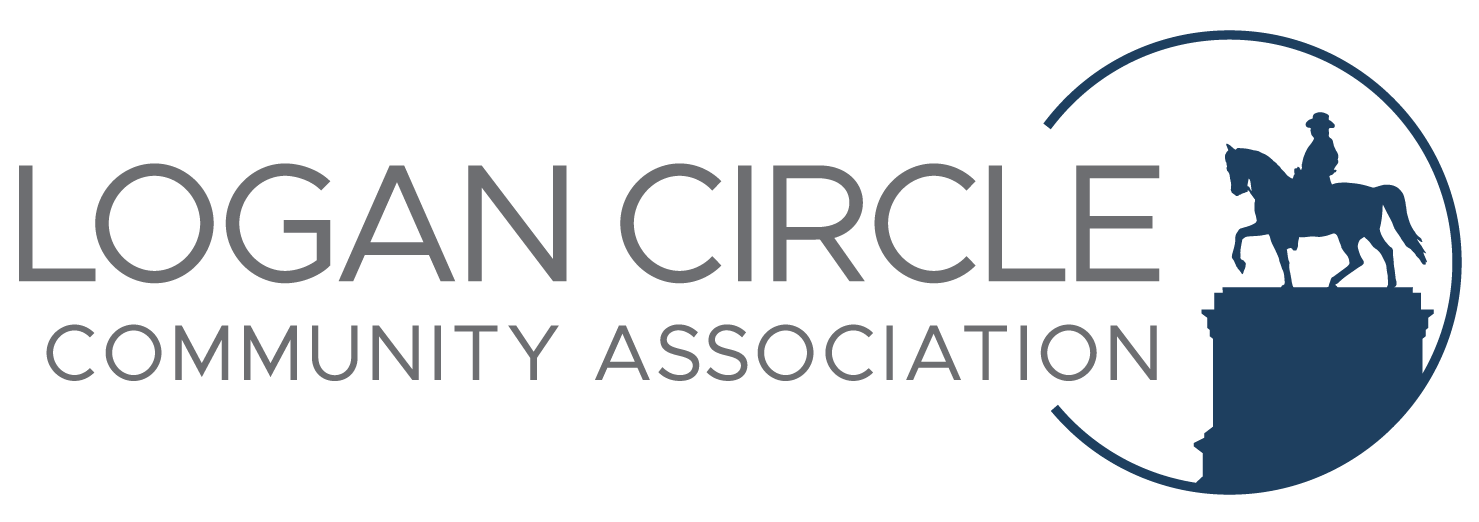John Wesley AME Zion Church
John Wesley African Methodist Episcopal Church was established in the nation’s capital during a period when free black Americans began and expanded a major effort for self- expression, self-esteem, and freedom. Free blacks established their own churches, after they had become dissatisfied with their treatment in white-controlled churches. This treatment involved their segregation in religious services and prevention of holding church offices and preaching. Founders of John Wesley experienced this treatment and were led to leave churches discriminating against them.
John Wesley Church originated in the home of John and Elizabeth Brent in 1849 and was formally established as a church in 1851. The church was first located at 1120 Connecticut Avenue, NW, and established a relation with the AME Zion Church that was legally confirmed in 1904. Founders and early members of John Wesley, like those of many other black churches, were attracted by the doctrine of Methodism. This doctrine expressed strongly in the sermons of John Wesley and the hymns of his brother, Charles, proclaimed that no one was too poor, too humble, or too degraded to share in the privilege of divine grace, have personal intimacy with God, and have assurance of eternal life. Pioneering black Methodists in New York City led by James Varick paved the way for the creation of the African Methodist Episcopal Zion Church. From the founders of this church, the organizers and leaders of John Wesley Church in Washington were destined to draw their inspiration and guidance.
From 1855 to 1866 John Wesley Church was an important community facility for black education during a time when public schools in Washington were not available for blacks. The church, with the support of philanthropic groups, provided substantial elementary education under instruction of black and white teachers.
The early growth of the church was stimulated by a remarkable group of able ministers. Five of them by 1904 had been elected bishops of the AME Zion Church. Very substantial growth was indicated as early as 1884, when the church expanded its edifice by adding a second story. The architectural expansion was made under the supervision of Calvin Brent, son of founding member John Brent, and one of Washington’s first black architects.
For a dozen years before its move to its present location in 1914, John Wesley Church was located at 1121 Eighteenth Street, NW. The relocation to Fourteenth Street provided a beautiful, large church edifice that many persons felt was an appropriate place to have a National Church of Zion Methodism, just as other denominations had a national church in the nation’s capital. Thus, at the General Conference of the AME Zion Church held at John Wesley in 1940, John Wesley AME Zion Church was officially designated the National Church of Zion Methodism.
During its 175 years of existence, the history of John Wesley AME Zion Church has been characterized by increasing concern for the social welfare and the general quality of life of its members. The church has shown this concern, while, of course, it maintains strong interest in the spiritual well-being of its members and other persons. The ministerial and lay leadership of the church has been in the vanguard of the Civil Rights Movement and the general effort to make Washington and the nation a better place in which to live. The current desire to continue these efforts is evident in many programs of the church. This trend of social activism combined with spiritual zeal is a well-established tradition of John Wesley Church and the African Methodist Episcopal Zion Church.
Additional information about the history of John Wesley AME Zion Church may be found in the following references:
National Church of Zion Methodism: A History of John Wesley A.M.E. Zion Church, Washington,DC. by Harold T. Pinkett. Baltimore: Gateway Press, Inc, 1989.
National Church of Zion Methodism: A History of John Wesley A.M.E. Zion Church, Washington, DC. , 2nd ed, by Harold T. Pinkett, et.al. Baltimore: Otter Bay Books, 2018
